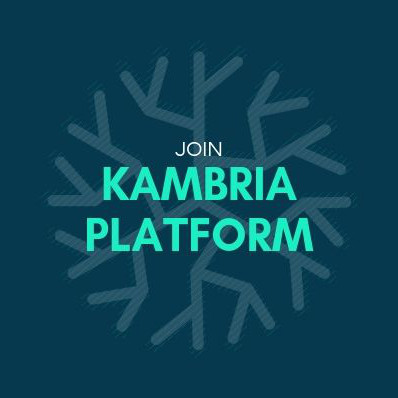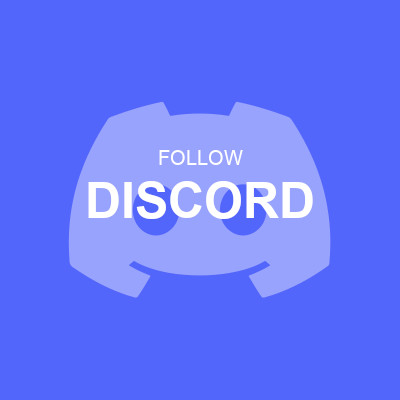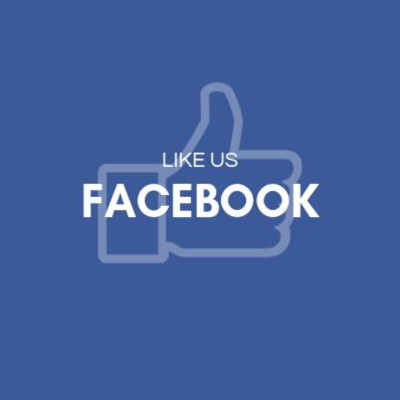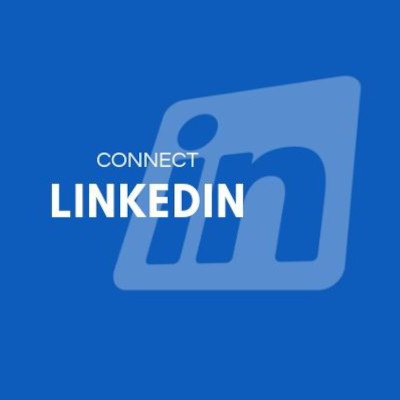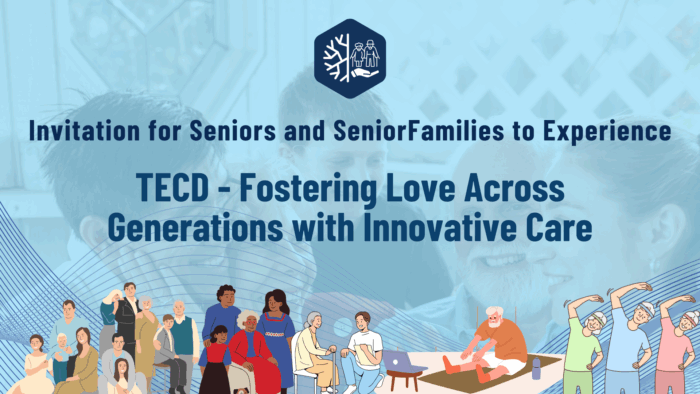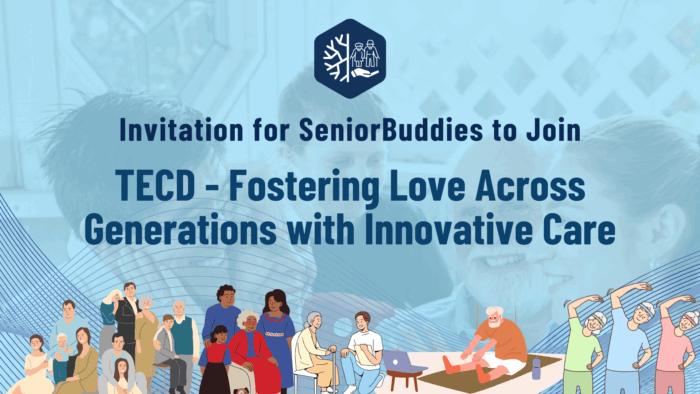KAMBRIA - Last year, we shared our approach to tokenize DAO development work into NFTs. Now, we are going further to implement Kambria Codebase with this NFT approach. This article provides an overview of Kambria NFT Codebase.
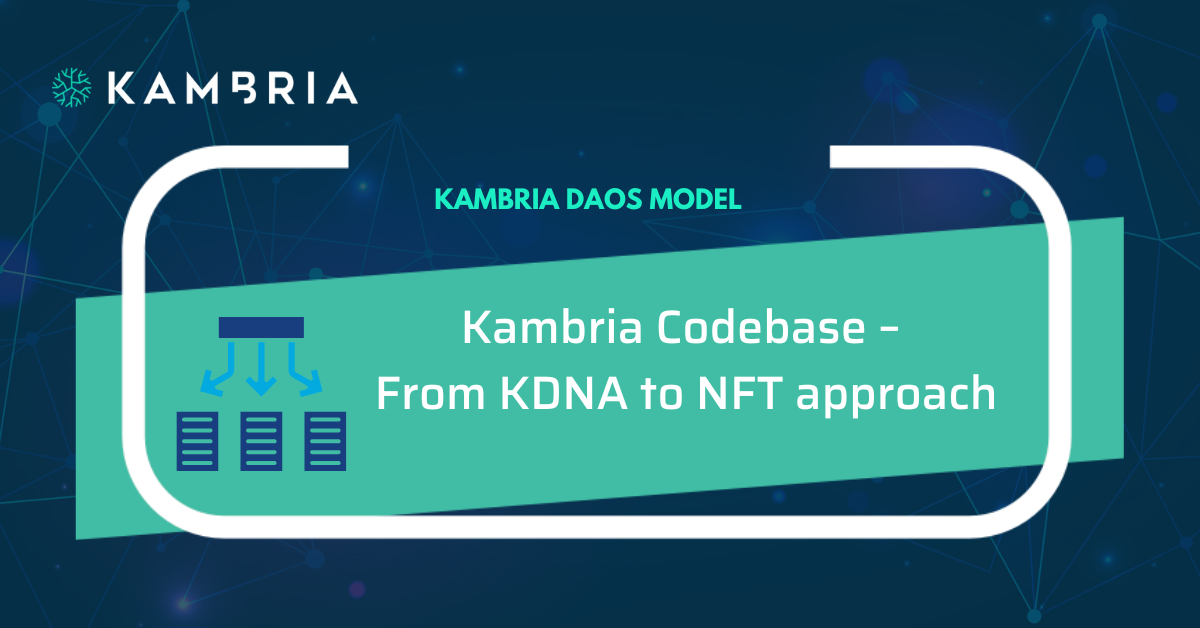
History
Since the inception of Kambria, we have introduced the concept of KDNA Codebase and implemented a proof-of-concept in 2019 as below:
| Kambria offers a platform so that participants can collaborate easier, and provides a mechanism called KDNA to help describe the codebases better, while linking them together. People are encouraged to register their codebases on the platform to create a KDNA file for their codebases. The role of KDNA file is to store codebase information like authors, description, BOM, and to store the link between codebases, so that when someone wants to build a product from that codebase, they will know what other components they need, and how to construct all the elements to make a product. More importantly, KDNA helps record the contribution of one codebase into another codebase so that we can distribute Kambria Karma to all relevant contributors. KDNA files will be implemented in RDF format. We then publish these files on IPFS so that it can be seen by everyone, and every change on this KDNA file will be tracked and verified so that no one can tamper with it. |
This was a building-from-scratch approach before the rise of non-fungible tokens (NFTs) in 2021 revolutionized the digital asset market.
Realizing the potential application of NFT in IP management, in September 2021, we introduced the NFT IP program as well as created a Challenge to call for developer teams to develop a NFT IP Marketplace.
Then with the birth of Kambria DAOs in 2022, last year June 2023, we shared our approach to tokenize DAO development work into NFTs.
Now, we are going further to implement Kambria Codebase with this NFT approach. This article provides an overview of Kambria NFT Codebase.
Solution Categories & Releases
Kambria Codebase includes codebases of many technology solutions.
These can be solutions of Kambria DAOs (each solution corresponds to a DAO), or solutions of challenges from Kambria’s other programs such as Starter Programs, Hackathons etc (each solution corresponds to a challenge).
Each solution has many releases. Each release represents an available version of the solution and has a set of metadata including links of demo videos, intro decks, technical documents and source codes. The NFT Codebase uses the concept “release” to reflect the link between codebases (of the same solution), aligning with the spirit of KDNA Codebase.
Solution NFT Codebase
Each solution corresponds to a NFT smart contract.
The metadata of releases are stored in this smart contract’s unlockable content.
Mechanism to issue NFT License:
- This mechanism is applicable for DAO solutions, in the context of licensing to transfer technology for Production Partners of the DAOs.
- The NFTs are stored in the DAO. When a Production Partner successfully purchases an NFT, DAO will send the NFT to Partner.
Solution Access Rights
With the concept of open source the solution to its community only - not public to everyone, we defined solution access rights as below:
- Codebases of Kambria DAOs’ solutions can only be accessed by
- DAO members who hold at least 10.000 DAO LP tokens ($3.000). The minimum token requirement serves as a reminder for DAO members to act in the best interests of the DAO.
- NFT holders, i.e. Production Partners purchasing IP Licenses.
- Codebases of non-DAO solutions can only be accessed by Kambria members who hold at least 50.000 KAT (on the chain where the solution codebase smart contract is deployed).
Please be aware that all numerical values discussed in this article represent parameters of the smart contract, and these figures can be configured during its creation. It's important to note that these values might be subject to change as the DAOs undergo further development and evolution.
IP license term
The IP licenses are granted for a fixed term of 5 years. This approach is rooted in the understanding that fixed-term licenses are more prevalent in rapidly evolving industries or for technologies that undergo frequent updates and improvements, as compared to permanent licenses.
Hence, IP licenses will be automatically terminated at the conclusion of the license term or in the event of a violation of the agreement. This process will be executed through the mechanism of burning the associated NFTs.
NFT revenue sharing - Allocation & Mechanism
Revenue from NFT IP License sales will be allocated:
- 20% to the current Dev Partner. Note that this Dev Partner will handle the technology transfer in the licensing process (knowledge transfer, training and capacity building, incident response and support etc.)
- 10% to all Dev Partners as part of the DAO revenue-sharing mechanism. Note that there is typically one Dev Partner at a time, though the Partner may change as needed. This revenue sharing mechanism of the NFT Codebase reflects the inheritance between codebases (of the same solution), aligning with the spirit of KDNA Codebase.
- 25% to DAO members as revenue sharing
- 45% to DAO fund.
NFT Revenue Sharing Mechanism:
- The Codebase smart contract records all transactions, including sales, revenue sharing, and claims.
- Shared revenue for each recipient is computed and updated on a monthly basis, leveraging completed sales transactions that have undergone the licensing process.
- Recipients are notified via email and can claim their share of revenue through the user-friendly DAO interface on the Kambria platform.

